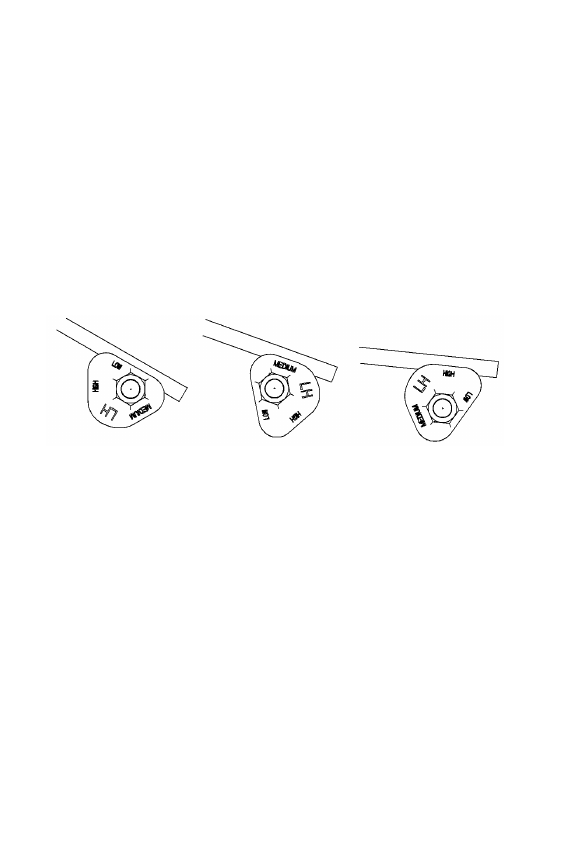Snowmobile Polaris 600 Fusion (2006 year). Manual - part 12

48
THE PERFECT FIT
IQ Rear Suspension Adjustments
Torsion Spring Tension
To adjust rear torsion spring tension, rotate the three-position cam using
the engine spark plug tool. Adjustment is easiest when the cam is
rotated from low to medium, and then to high. Rotating directly from
low to high will require significantly more effort.
Different rate torsion springs are available if a firmer ride is desired.
See your dealer for more information.
A - Soft Tension
B - Medium Tension
C - Firm Tension
Rear Shocks
Polaris Position Sensitive Shock
There are no external adjustments on the Polaris position sensitive
(PPS) shock.
A
B
C